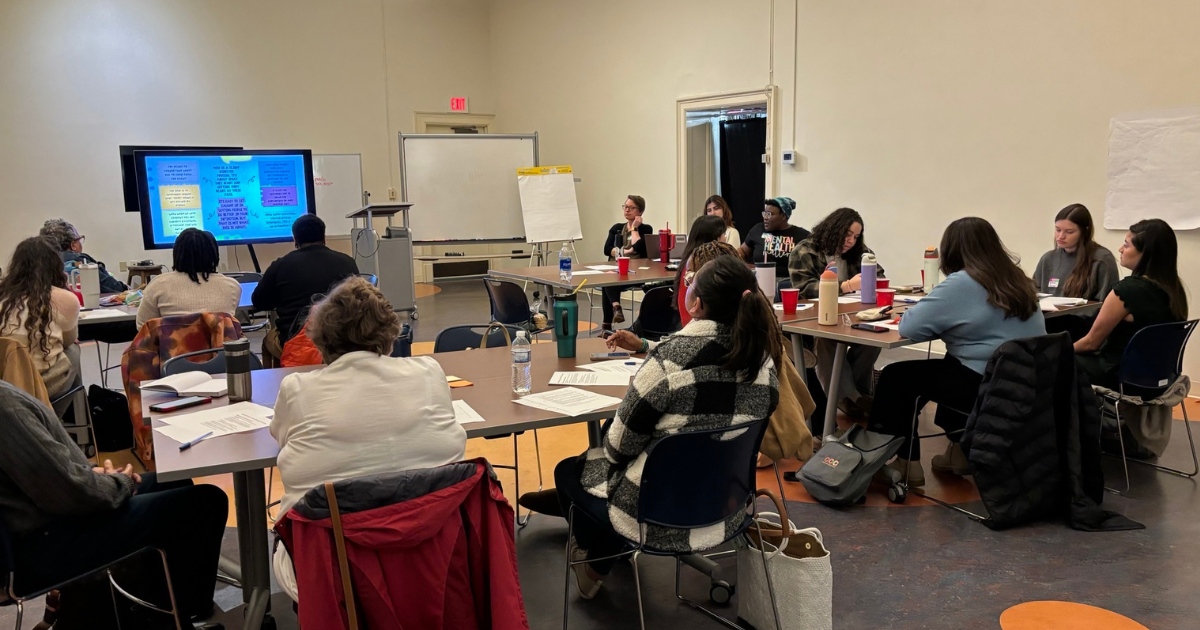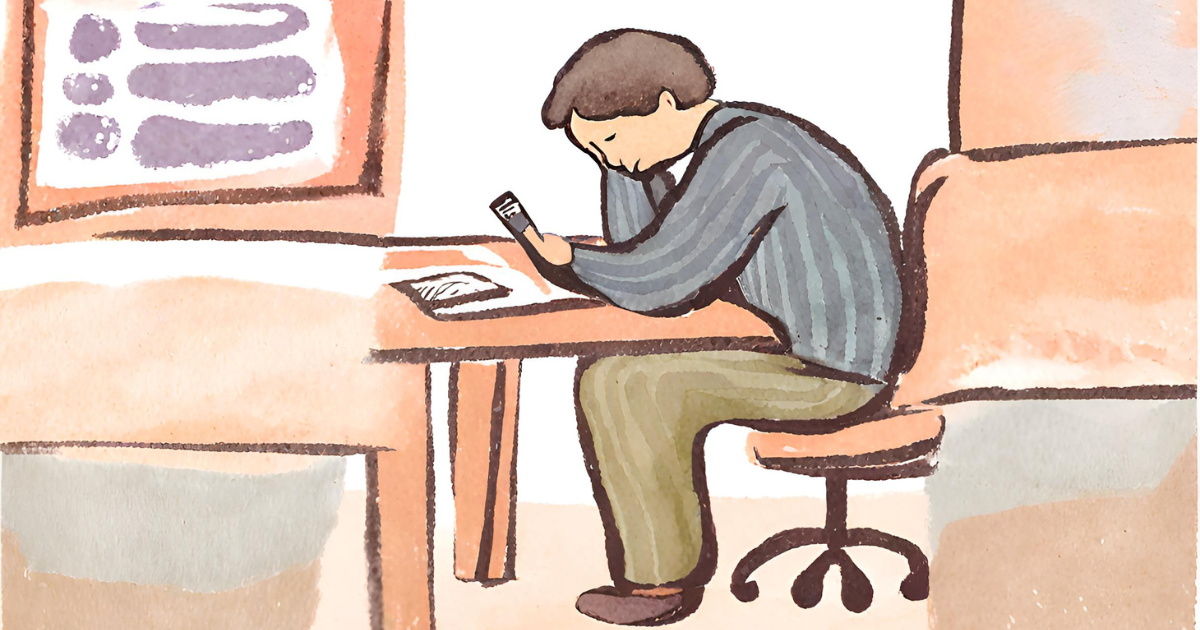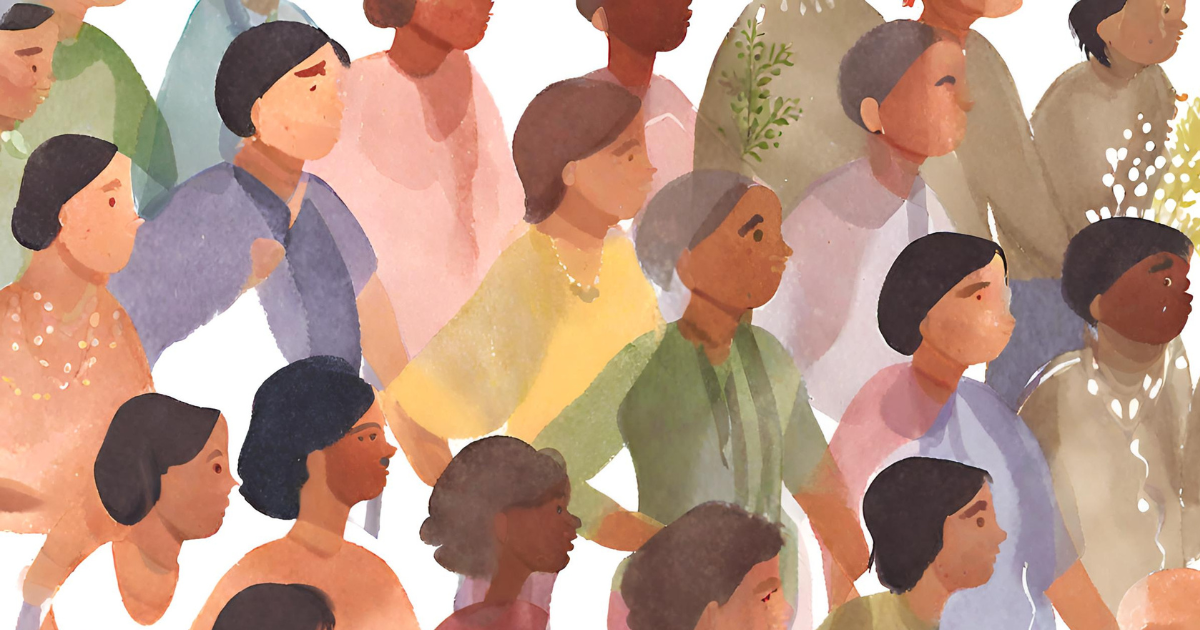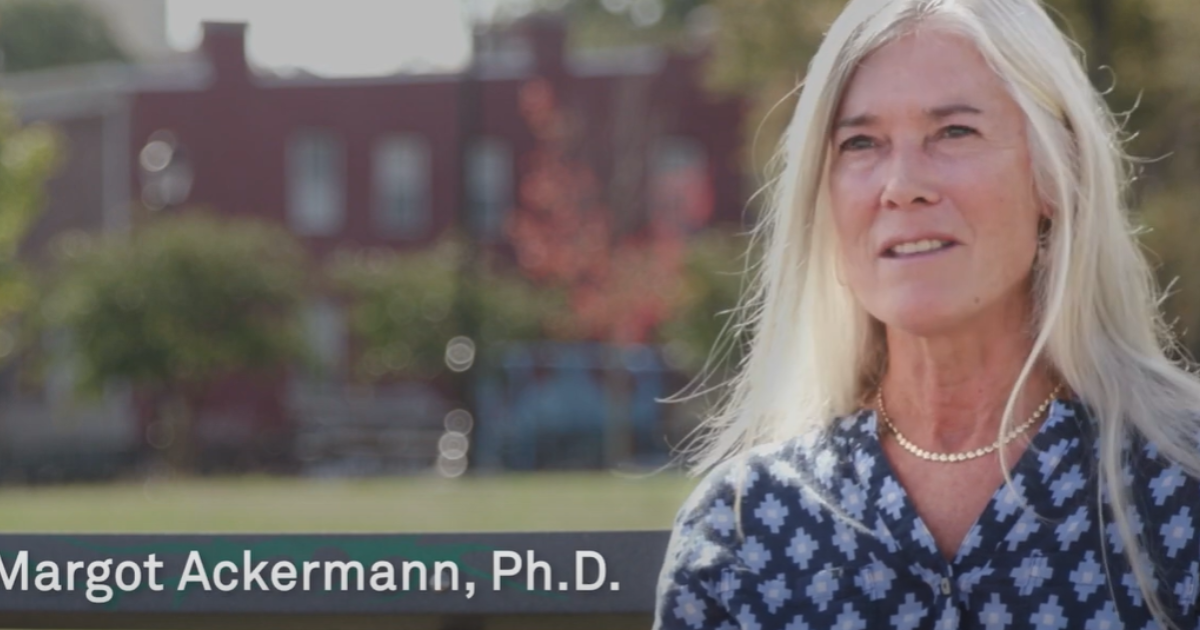Tiny Houses as an Approach to Addressing Homelessness
As elevated rates of homelessness continue, advocates and policymakers explore potential creative solutions. We take a closer look at tiny houses and how they’ve served as part of a coordinated approach to address housing in other parts of the country.
Homelessness has been a persistent challenge in the Greater Richmond region and around our country for many decades. As a community, we’ve made strides in supporting our most vulnerable neighbors who lack stable and permanent housing. However, the pandemic revealed ugly truths about how many individuals and families in our region face housing insecurity.
Rapidly rising housing costs, in terms of both rental rates and sales prices combined with the anemic supply of housing options, has resulted in more people facing uncertainty and potential homelessness. Housing insecurity is a leading cause of homelessness in our region. Demand for shelter and homeless services has risen dramatically since 2020 and this increase is correlated to the jump in housing costs and insecurity.
Point in Time counts from 2021 highlighted the elevated number of people experiencing homelessness in our region. Increases in homelessness were a national trend over the past two years while communities in other parts of the country have faced a reckoning for over a decade.
As elevated rates of homelessness continue, advocates and policymakers explore potential solutions and try to think creatively. We often get questions about creative solutions for homelessness and one topic has garnered significant attention recently: tiny houses.
We thought it would be helpful to take a closer look at tiny houses and how they’ve served as part of a coordinated approach to address housing in other parts of the country.
The Role of Tiny Homes in Housing
Tiny homes are a recent phenomenon and have been used in communities around the country as a potential strategy to address the need for more housing. They are certainly one tool that governments and advocates can leverage, but it’s important to note that they shouldn’t be the only solution. Tiny houses should be a piece of a broader coordinated effort to address housing instability.
A recent NPR report about a tiny house village in Madison, WI offers helpful insights on the benefits and drawbacks of these villages. Providing tiny houses for individuals experiencing homelessness is certainly a better alternative than a tent encampment, sleeping on the street, or staying in a place not intended for habitation. As with anything, the details are important. Who manages tiny house villages and what rules are in place can make a big difference in their effectiveness.
More importantly, tiny house villages are a temporary solution. They aren’t intended to be permanent housing. As Los Angeles, which has taken a lead in funding and developing tiny house villages, has learned, too much investment in temporary solutions – like tiny houses – can start to supplant permanent solutions. The goal of tiny house villages is to move individuals from this temporary arrangement to more permanent housing. But what happens when there’s not enough permanent housing?
Proven Approaches to Address Homelessness
Tiny houses may be an appropriate temporary approach to shelter, but they don’t work for everyone experiencing homelessness. It’s important that we respect the dignity and autonomy of every person. As other communities have learned, it’s misguided to assume that a tiny house is the right solution for every person experiencing homelessness. Simply because something may seem appealing to us doesn’t make it the correct solution for someone else.
What’s been proven to work? For over 20 years, Homeward has studied homelessness and spoken directly to individuals with lived experiences to understand what solutions are most effective to end homelessness.
Scale is important. That means that we must create programs that are large enough to serve the need in our region. Congregate shelters with trained staff remain one of the most cost-effective interventions to get people off the streets and into safe, temporary housing. Connection to services is crucial as well. Homelessness is typically a complex challenge and the result of many interconnected issues. Services that provide wraparound support are most often the key to successfully transition someone from shelter to permanent housing.
If There’s a Will, There’s a Way
The absolute best solution to solve homelessness is well known: Build more deeply affordable housing.
This approach takes time, money, and energy but if we want to end homelessness, we need more housing. There is a significant unmet need for housing across all income levels and it’s particularly acute for affordable and deeply affordable housing. Tiny houses should be part of a broader conversation about supporting and developing a wide array of housing, including single family homes, townhomes, duplexes and triplexes, apartments, accessary dwelling units, and more.
Funding supportive services is important too, but the foundation of a successful strategy to address homelessness must start with more housing.
This solution really comes down to our willingness as a society to act. A powerful Shelterforce commentary challenges all of us to ask “Why?” when we’re told that we can’t just build more housing. What’s preventing that housing? Why aren’t we prioritizing and allowing more homes to be built for everyone, including our most vulnerable neighbors?
Ultimately, the only effective and long-lasting solution to homelessness requires our society to invest in more housing, especially deeply affordable homes, and in the underlying challenges that result in individuals experiencing homelessness.
As our executive director, Kelly King Horne, often notes, “We need to focus as a community on housing stability because that enables all our neighbors, including the most vulnerable, to thrive.”
Unless we build more affordable places for people to call home and address inequities in wages, health care, education, childcare, and more, homelessness will continue to be a pervasive challenge in the Richmond region and around the country.
How can you help? Advocate for more housing and additional resources for homeless services. Stay informed about homelessness in our region, donate your time, talent, and resources to organizations supporting our most vulnerable neighbors.







Every donation counts.
Useful Links
Contact info
info@homewardva.org
If you are within 3 days of losing housing, call The Homeless Connection Line: 804-972-0831 . If you are more than 3 days away from losing housing, call The Housing Resource Line: 804-422-5061
All Rights Reserved | Homeward










